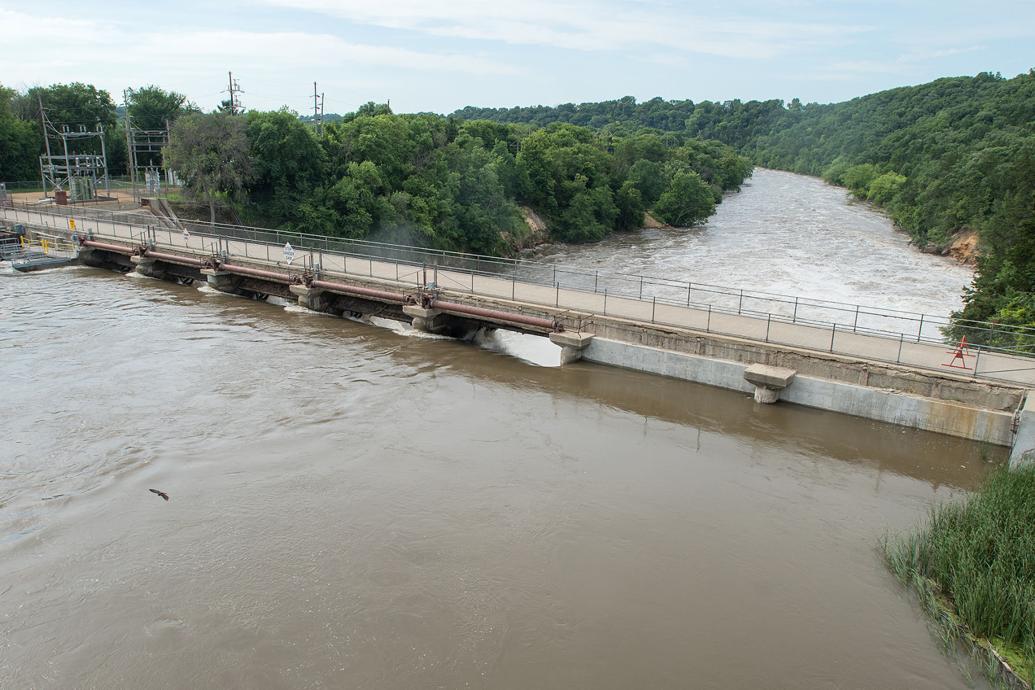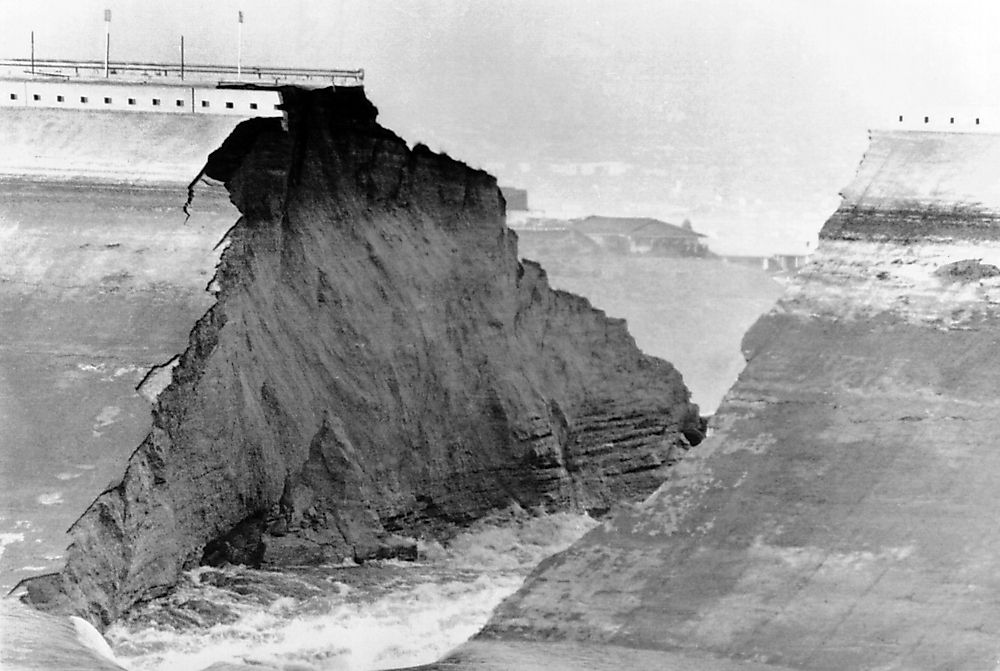Historical Background

Mankato dam failure – The Mankato Dam, a concrete arch dam spanning the Blue Earth River in Mankato, Minnesota, United States, collapsed on October 9, 1998. The dam’s failure resulted in a catastrophic flood that inundated the city of Mankato and surrounding areas.
The Mankato Dam failure, a catastrophic event that shook the city in 1938, remains etched in the annals of history. For those seeking real-time updates on the latest developments surrounding the dam’s restoration, KEYC Live offers comprehensive coverage. The dam’s rehabilitation project, meticulously planned and executed, serves as a testament to the resilience and determination of the Mankato community.
Events Leading to the Collapse, Mankato dam failure
The Mankato Dam was constructed in 1908 and had a history of leakage and structural issues. In the years leading up to the collapse, the dam had undergone several repairs and upgrades, but these measures proved insufficient to prevent its eventual failure.
The Mankato Dam failure, a devastating event in 1889, left an indelible mark on the region. The catastrophic floodwaters inundated the surrounding area, including Blue Earth County. The force of the water swept away homes, businesses, and lives, forever altering the landscape and the lives of its people.
The scars of that tragic day serve as a somber reminder of the fragility of human endeavors in the face of nature’s wrath.
On October 9, 1998, heavy rainfall in the Blue Earth River watershed caused the river to rise rapidly. The dam’s spillway was unable to handle the increased water flow, and water began to overtop the dam. As the water pressure on the dam intensified, cracks began to appear in the concrete structure.
The Mankato Dam failure, a catastrophic event in 1998, serves as a sobering reminder of the devastating consequences of dam failure. The collapse of this dam in Minnesota unleashed a torrent of water that ravaged the surrounding area, leaving behind a trail of destruction and highlighting the critical need for robust dam safety measures.
As we delve deeper into the topic of dam failure, it becomes evident that such incidents can have far-reaching environmental, social, and economic impacts, making it imperative for engineers and policymakers to prioritize the safety and integrity of these structures.
The Collapse
At approximately 6:30 PM on October 9, 1998, the Mankato Dam collapsed catastrophically. The dam’s concrete arch gave way, releasing a torrent of water that surged through the city of Mankato.
The floodwaters reached heights of up to 15 feet in some areas, destroying homes, businesses, and infrastructure. The flood also caused widespread power outages and disrupted transportation.
Aftermath
The Mankato Dam failure was a major disaster that had a significant impact on the city of Mankato and surrounding areas. The flood caused an estimated $100 million in damages and displaced thousands of residents.
In the aftermath of the collapse, the city of Mankato undertook a massive cleanup and recovery effort. The dam was rebuilt, and new flood control measures were implemented to prevent a similar disaster from occurring in the future.
Engineering Analysis: Mankato Dam Failure

The structural design of the Mankato Dam exhibited several flaws and weaknesses that contributed to its eventual failure. The dam’s earthen embankment, constructed primarily of sand and gravel, lacked adequate compaction, resulting in a porous and unstable structure. Moreover, the dam’s foundation was not properly prepared, leading to uneven settlement and the development of cracks and seepage channels.
Environmental Factors
Environmental factors played a significant role in the Mankato Dam’s failure. Persistent flooding subjected the dam to excessive water pressure, saturating the earthen embankment and exacerbating the existing structural weaknesses. Additionally, erosion caused by the swift-flowing Blue Earth River undermined the dam’s foundation, further compromising its stability.
Maintenance and Inspection
The effectiveness of the Mankato Dam’s maintenance and inspection program was inadequate. Regular inspections failed to identify the developing structural problems, and maintenance efforts were insufficient to address the deteriorating condition of the dam. This lack of proper oversight and maintenance contributed to the dam’s ultimate failure.
Lessons Learned and Preventative Measures

The Mankato Dam failure revealed critical lessons that transformed dam engineering practices. Engineers identified the importance of thorough geological investigations, accurate assessments of potential failure modes, and the need for rigorous construction quality control.
Changes in Dam Design and Construction
Following the failure, design codes were revised to incorporate safety factors and more conservative assumptions. Dams were built with stronger materials, wider bases, and deeper foundations. Spillways were enlarged to handle higher flows, and emergency action plans were developed to guide responses to potential breaches.
Current Preventative Measures
Today, comprehensive dam safety programs are in place to prevent similar failures. Regular inspections, monitoring systems, and risk assessments help identify potential problems early on. Advanced technologies, such as remote sensing and computer modeling, enhance the accuracy of dam safety evaluations. Emergency preparedness plans and public education campaigns ensure that communities are informed and prepared in the event of a dam failure.
The Mankato Dam failure, a catastrophic event that reshaped the Minnesota River Valley, shares striking parallels with the Rapidan Dam failure. Both disasters resulted from structural deficiencies, leading to uncontrolled water releases that devastated downstream communities. While the Mankato Dam’s collapse occurred over a century ago, its legacy serves as a sobering reminder of the potential consequences of engineering failures.
The Mankato Dam failure, a tragic event that shook the region, left an enduring legacy. However, it also brought to light the importance of dam safety and engineering advancements. Similar to the Rapidan Dam in Minnesota , which has undergone extensive renovations to ensure its structural integrity, the Mankato Dam’s failure served as a catalyst for heightened vigilance and proactive measures to prevent future catastrophes.